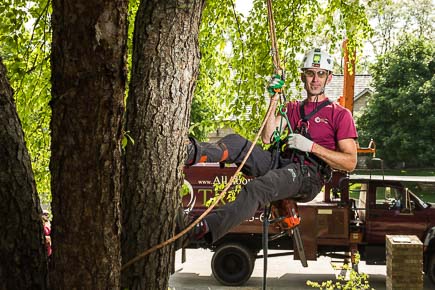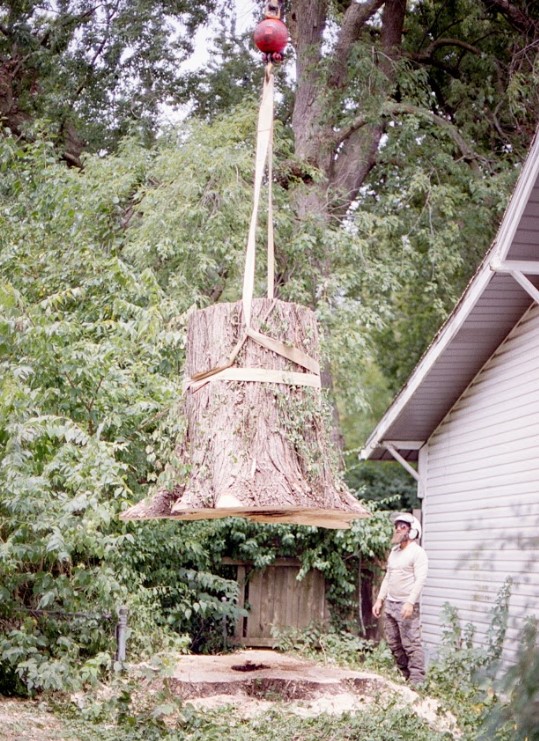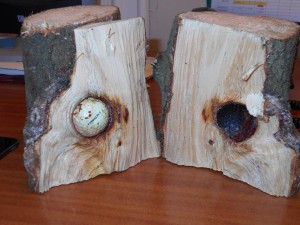One of the most frustrating things that we see in the tree business is when we hear about trees that have been declared “rotten” by someone who does not know what they are talking about. Even worse is when it is proclaimed to be a hazard by a tree removal guy with a vested interest in selling a job. Removing healthy trees does a disservice to your yard and your pocketbook.
We’ve seen our competitors cut down some of the nicest young pin oaks in the area. Pin oaks often develop with very round canopies, sort of an “O” shape, although they should be more of an upright “A” shape for most of their life. We’ve seen trees with a strong central leader, or main trunk, with branches that were clearly branches, as opposed to multiple competing scaffolds and stems just as large as the main trunk. Trees that were 70 feet tall with a two foot thick trunk with a very pronounced flare at the interface between the ground and the tree. In other words, trees that are very nicely structured and very healthy.
To make matters worse, the companies that are removing these perfectly healthy trees are nowhere near compliant with current safety standards. Even the most basic things like wearing hard hats. One time, we finally decided to stop by after the fact to ask the homeowner about their former tree. And we found out that their landscaper and the tree guy they recommended declared the tree to be possibly rotten, because one of them saw an ant walking around on the tree last year. The mere presence of an ant is in no way indicative of a rotten tree. Also, the tree owner liked the tree. She almost called them to cancel the job the night before. It’s too bad she didn’t. The trunk was perfectly sound. No decay, or rot to be seen.
It’s OK though, the job was done really cheap. Although it was still money that the homeowner would probably had rather kept.
The moral to the story is that it pays in so many ways to call a consulting arborist before having work done on your tree. In this case the savings would have amounted to hundreds of dollars and the tree could have been preserved.





